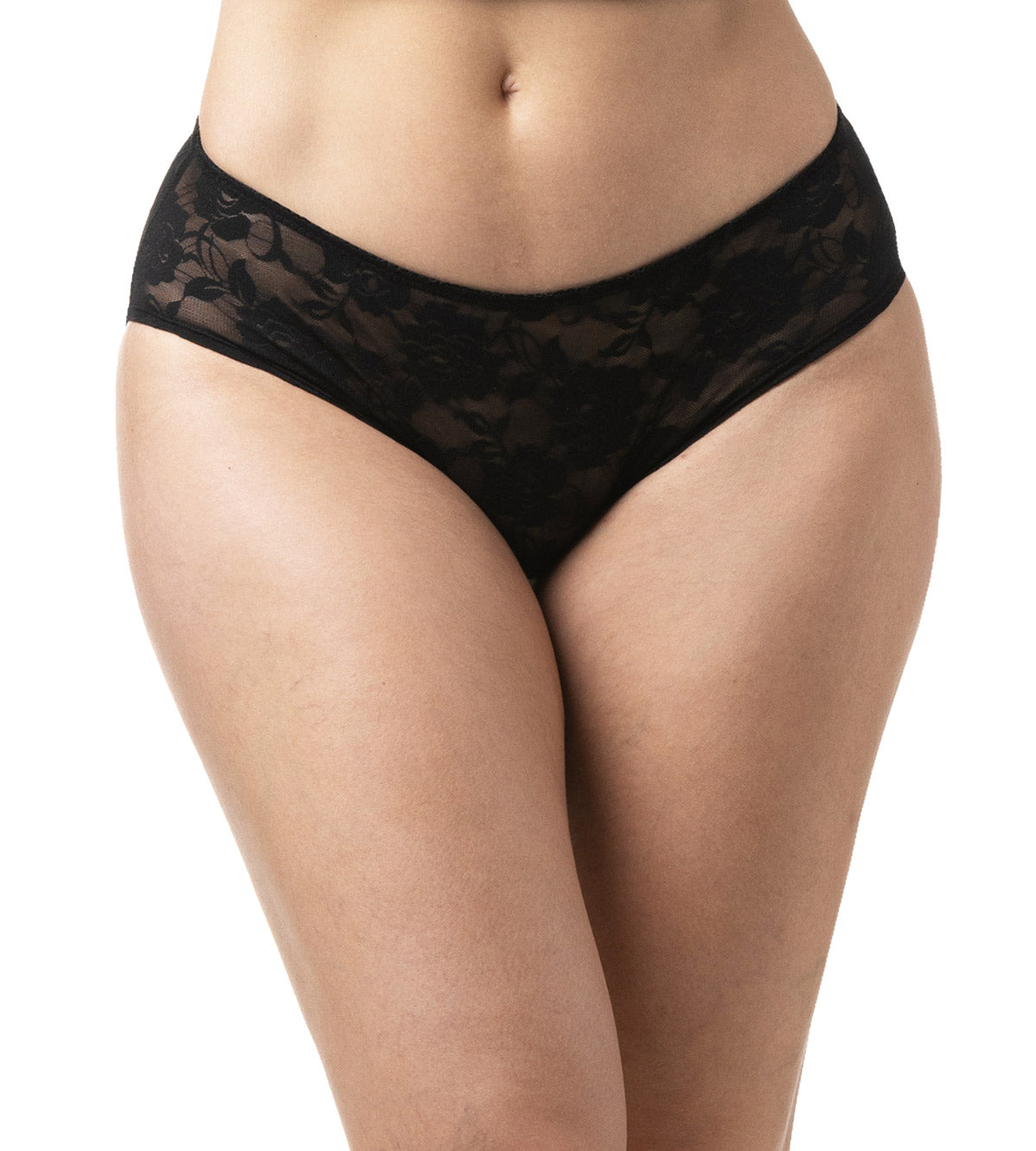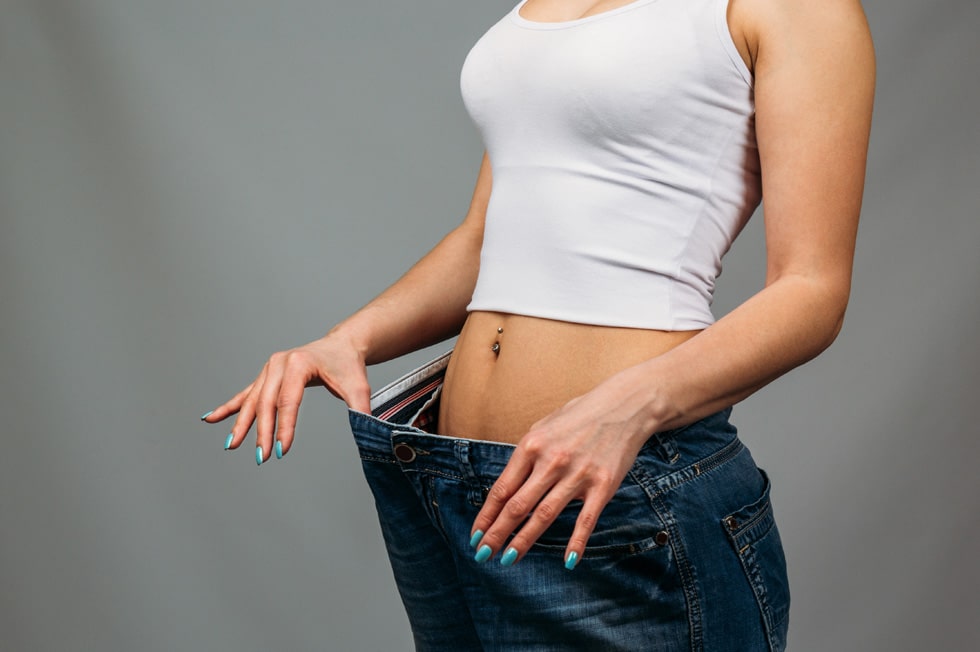
How long does chafing take to heal?
Skin chafing is a minor skin condition, but it's one that can become very painful when left untreated. If not correctly cared for, chafing can be continuously exacerbated and take a long time to heal. In extreme cases, untreated chafing may cause scarring or skin discoloration. So what can you do to heal chafing fast? And how long should it take for chafed skin to heal?

How long should chafing take to heal?
If treated immediately, chafing will heal quickly - in as little as one to two days. However, to see this fast recovery time, you must treat chafing as soon as you notice symptoms such as rubbing, burning skin, or irritation. Chafing is caused by repeated skin-against-skin friction and can be exacerbated by sweat and heat. If you want to heal quickly, you must prevent continued chafing by protecting your skin so it has a chance to heal.


Risks of untreated chafing
Unfortunately, many people don't correctly treat chafing at the first signs of symptoms. If you leave the chafed skin untreated and don't remove the root cause, then the chafed area can take much longer to heal and will become worse over time. Chafed skin that continues to experience friction will become more and more painful. As chafing symptoms worsen, the skin can break, causing bleeding, blistering, or even infections. There's no need for a minor irritation such as skin chafing to become such a severe issue. If the skin isn't treated or given a chance to heal, chafing can take weeks to heal or become a chronic issue - ouch!
How do you heal chafing fast?
You should always treat chafing quickly, because it will only worsen if you ignore it!
To treat chafing:
- Start by gently cleaning and drying the chafed area.
- Avoid using heavily scented or exfoliating products to wash the area. A bar of simple soap and warm water will work well.
- After cleaning the skin, apply a lubricating substance such as petroleum jelly or a specialist chafing cream.
- If the area is very badly chafed, or if the skin is discolored, painful, swollen, bleeding, or blistered, you may need to see a healthcare provider for a medicated treatment.
- Once the chafed area is clean, and treatment has been applied, you should take steps to prevent further chafing. It's much easier and more pleasant to prevent chafing than to treat it!
- Choose clothing that prevents skin-on-skin friction, such as long trousers, or wear anti-chafing bands or anti-chafing underwear if you want to wear skirts, dressers, or shorter exercise outfits.
- While you should create a fabric barrier during the daytime, you can let the skin heal overnight by leaving the affected area exposed to air while sleeping.
Taking these steps will protect the skin barrier, giving it the best opportunity to heal quickly. When you recognize the symptoms of chafing and react quickly, you can heal skin chafing in just a few short days. However, by taking preventative measures, you can avoid skin rubbing and chafe altogether.
Check out our handy guide to learn how anti-chafe thigh bands can prevent thigh chafing and you'll never experience the pain of chafing again!





